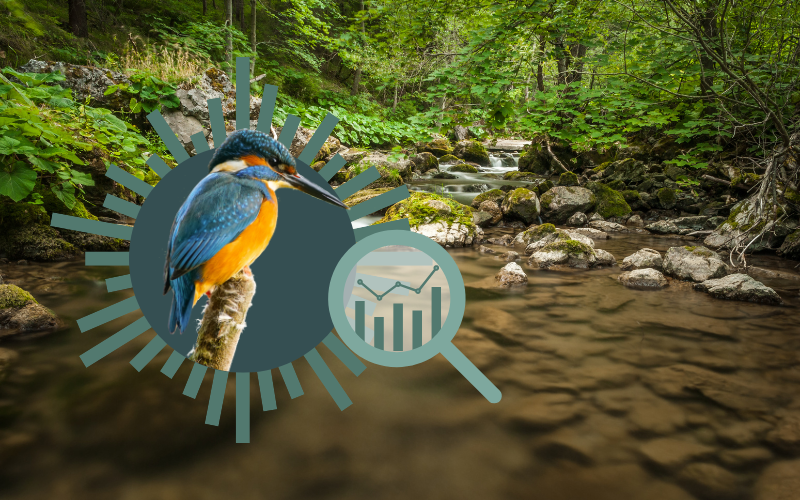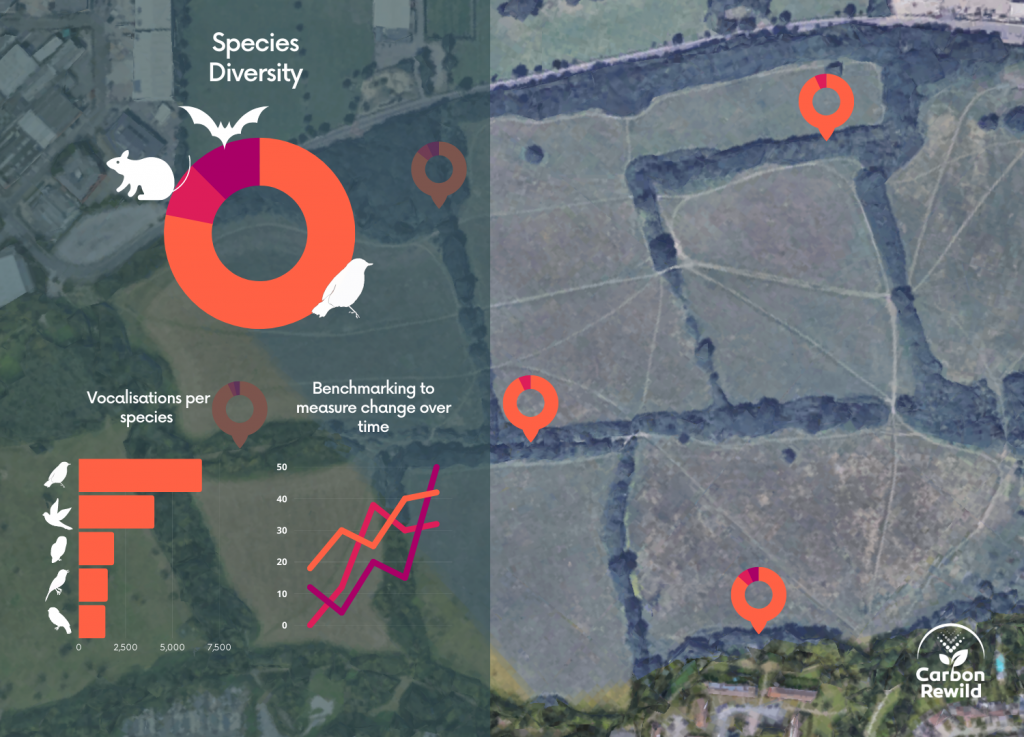Introduction
Ecologists, conservation groups and nature enthusiasts have a long history of using sound to detect wildlife, from surveying bats in the field, to recording whales in the ocean. Many species use sound for communication and navigation, and their sounds are often distinct, so that we may identify their presence and behaviour in a given environment using the latest bioacoustic monitoring technology.
Acoustic monitoring is a survey technique to monitor wildlife and the environment, normally using passive sound recorders. Bioacoustic monitoring involves the recording of animal vocalisations to allow species identification, and measure behaviour and abundance in the survey area.
Bioacoustic monitoring is a cost effective and scalable approach to monitor diversity of various species groups. Cutting-edge recording equipment, which can remain outdoors or even underwater for extended periods of time, has transformed the field to enable usage in a variety of environments.

Bioacoustic Surveys
Bioacoustic monitoring involves deploying recording in the field for weeks or months to capture soundscape data. Multiple devices can be used to identify spatial distribution and behaviour of species within a given survey site.
Many species can be effectively identified through bioacoustic monitoring. The diversity of which, along with the presence of key indicator species that can reflect wider environmental health.
- Understanding Species Diversity and Population Trends: Bioacoustic monitoring allows us to identify different species based on their unique vocalizations. This can help us understand the diversity of species in a given area and track changes in population sizes over time. This is particularly useful for nocturnal or elusive species that are difficult to observe directly.
- Monitoring Ecosystem Health: The soundscape of an ecosystem can provide valuable clues about its overall health. A vibrant and diverse soundscape often indicates a thriving ecosystem, while changes in the soundscape can signal potential problems. For example, a sudden drop in the frequency or intensity of certain animal calls could indicate disease, predation, or habitat loss.
- Non-Invasive and Cost-Effective: Traditional surveying techniques call for documenting species encounters through point-counts or transects. Not only are you limited by the number of site visits you can make, animal behaviour may be affected by your presence. When recordings are not collected, it is difficult to scrutinise evidence to confirm the presence of some species, or those which are difficult to ID.
- Continuous Monitoring: Recorders are easy to use and can be used in a variety of habitats. Once installed, bioacoustic devices can record continuously for extended periods, capturing data day and night. This allows for long-term monitoring and the detection of patterns or changes that might be missed with intermittent surveys.
- Climate Change Impact Assessment: Bioacoustic monitoring can also help us understand the impacts of climate change on wildlife. Changes in the timing or frequency of certain animal calls can indicate shifts in breeding seasons or migration patterns, which may be driven by climate change, or changes in land management.

Bioacoustic Analysis
After the collection of the recording devices, the audio data is analysed for ecological data, primarily the presence of species. Long-term monitoring can capture hundreds or even thousands of hours of soundscape recordings for analysis, identifying species’ presence.
Acoustic analysis is a multi-stage process, often involving AI classification tools to these process large datasets. Further analysis and filtering processes are also required to prevent misidentification. Finally, human verification is required in some circumstances for provide an additional layer of accuracy.
What do we do?
At Carbon Rewild, we use cutting edge bioacoustic monitoring technology to monitor biodiversity, recording audio data that can be analysed to identify species that are present, primarily focussing on Birds and Bats. Our weather-proof equipment can be used across range of locations and environments for accurate results.
We help take all of the heavy lifting out of the process for you, providing easy to use recording units, analyse the audio recordings, and provide verification services to deliver results quickly and accurately.
Want to learn more?
Interested in monitoring or want to hear about our services? Please get in touch with us here, or select the link below to learn more.
